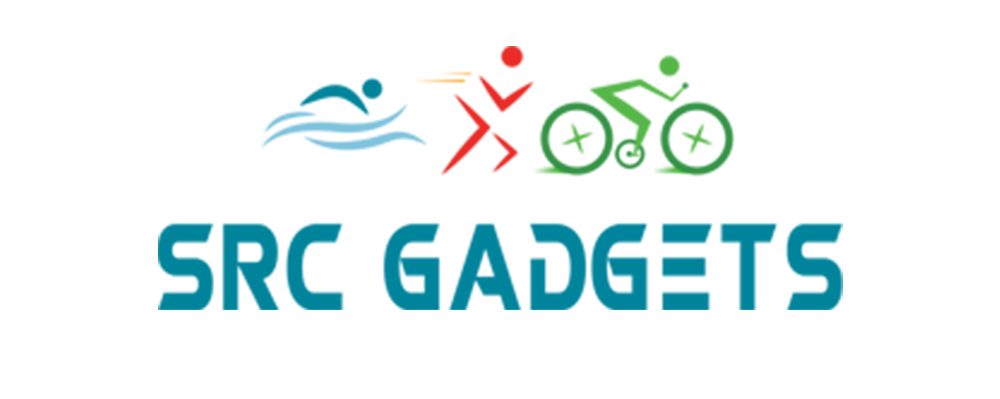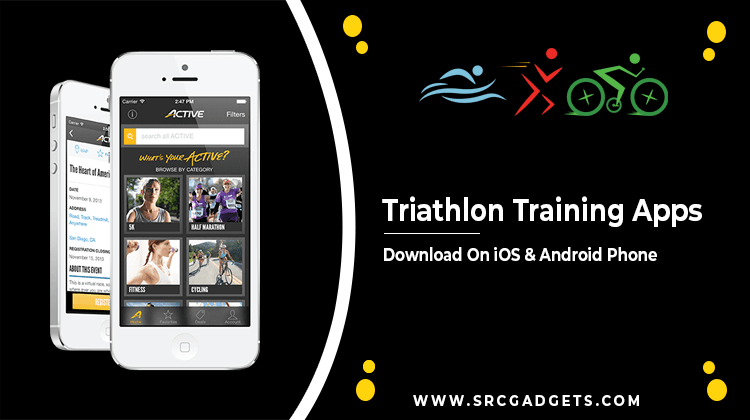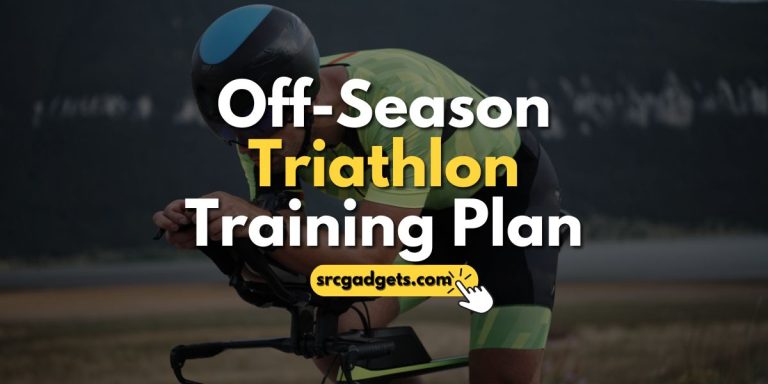Can I Train for Triathlon on Treadmill?
Want to get ready for a triathlon but can’t swim, bike, or run outside? No problem! With smart planning and a positive attitude, your reliable treadmill can become your perfect training partner.
Even though a treadmill doesn’t help with swimming or biking, it’s perfect for practicing your running, which is the part of the triathlon that gets you to the finish line. When you use a treadmill with exercises to make your body flexible and strong, you can develop the lasting power you need for a triathlon.
In this guide, I’ll show you how to use your treadmill to prepare for the most important parts of triathlon running. You’ll find out how to set up a good training program, make the most of technology, and seek advice from experts. With determination and the willingness to try new things, your treadmill training can have no limits.
The Role of Treadmill in Triathlon Training
Why should you train for a triathlon on a treadmill? It’s easy because it’s handy, you can manage it, and you can change it how you like. You can pretend you’re running in different situations, keep your speed steady, and see exactly how you’re doing.
If you make the treadmill a little bit uphill, like a 1-percent slope, it’s almost like running outside. This makes practicing inside really good.
Using a treadmill to get ready for a triathlon is a smart choice. It’s like having a mini running track in your home that you can use anytime, no matter the weather.
You can change the settings to make it feel like you’re running up hills or going really fast. Plus, you can keep doing it day after day and see how much better you’re getting. It’s a great way to make sure you’re ready to run well on the actual race day.
Treadmill Training Strategies
Here’s how to get the most from your treadmill workouts for triathlon prep. It’s important to mix it up and be precise.
1. Interval Training:
Alternate between quick, powerful runs and slower rest times. This boosts your ability to work hard without oxygen, which is important for those times in a triathlon when you need to sprint. Interval training gets your body used to quickly changing speeds, a key part of triathlons where you switch between swimming, cycling, and running.
2. Hill Workouts:
Use the slope setting to simulate running up hills. This is perfect for making your backside, upper legs, and calf muscles stronger, which are all important for running. It also makes your heart and lungs work harder.
3. Heart Rate Monitoring:
Watch your heartbeat to make sure you’re exercising at the best level of effort. Exercising in different heart rate areas (like faster or slower runs) challenges your body in varied ways, helping you get better overall. Tracking your heartbeat helps you adjust your exercise intensity and see your fitness progress.
4. Long Runs:
Keep doing long treadmill workouts. They help build the muscle strength, heart health, and mental toughness you’ll need on the day of the race. Long runs get your body used to standing and moving for a long time, which is key for running well. They also train your mind to stay alert and keep going, even when it’s tough or dull – skills that are vital when you’re racing.
Building Endurance on a Treadmill
Stamina is really important in triathlons. When you run on a treadmill, you can keep going for a long time without things like weather or traffic getting in your way. It’s easy to keep the same speed, and this helps you train your mind to be strong as well. It’s not just about running lots of miles; what matters most is the way you run them.
Running on a treadmill is great for triathlon training because it’s like having your own personal running track that’s always open, no matter if it’s raining or super hot outside. You can practice any time you want, and you won’t have to stop for cars or wait for the light to change.
This means you can focus better and make the most of your training time. Plus, you can change the settings to make your run harder or easier, which is a super way to get stronger and faster for your triathlon.
Treadmill Training with Strength and Flexibility Workouts
While treadmill training is great for your running segment, don’t forget about strength and flexibility workouts. They’re essential for a balanced approach to triathlon training.
1. Lower-Body and Core Strength:
Focus on exercises that build leg and core strength. They improve your running efficiency by strengthening the muscles that propel you forward.
Squats, lunges, and deadlifts also build the endurance to run strong all the way to the finish line. Core exercises like planks improve posture and balance for efficient, injury-resistant running.
2. Flexibility Routines:
Regular stretching and flexibility exercises keep your muscles supple and ready for the demands of triathlon training. Tight hamstrings, hips, and calves increase injury risk and reduce running economy.
Yoga and Pilates flexibility routines realign muscle imbalances that crop up from all the swim-bike-run training. This allows you to get the most out of your running fitness.
Training on a Treadmill in Different Situations
Using a treadmill is a smart choice when the weather is bad or when you’re trying to get better after being sick or hurt. It helps you keep up with your workout plan no matter what’s happening outside.
Cold Weather Workouts:
When it’s very cold outside, and the roads are covered in snow or ice, it’s tough to keep up with your triathlon training. But on a treadmill, you can run in a warm place inside. This means you can keep making your heart and lungs stronger, even when it’s cold.
Healing Workouts:
Running on a treadmill is easier on your legs and back than running on the road. If you’re taking it easy for a week or getting over an injury, the treadmill is good for light runs. You can run slower and with less uphill to not push your body too hard while you get your strength back.
Practice for Your Race:
Often, you can’t run outside for a few weeks before a big race. But you can use the treadmill to practice running as you will in the race, with the same ups and downs (by raising the treadmill) and the same distance. This gets your body ready for what the race will be like and helps you do better on the big da
Leveraging Technology and Coaching
In the world of triathlon training, technology is your friend, especially when it comes to indoor training. Smart treadmills, heart rate monitors, and even virtual training environments can take your preparation to the next level. These tools not only track your speed and distance but also give you insights into your heart rate, running form, and even your workout intensity.
And let s not forget the role of a triathlon coach they can be the guiding force in fine-tuning your treadmill workouts, ensuring you re on the right path to achieving your triathlon goals.
Measuring Progress and Adjusting Training
Training smart means knowing not just how to push but when to push. It s about setting fitness goals and using treadmill performance data to measure progress.
As you rack up miles and minutes, you ll want to keep an eye on how your body responds. Feeling strong and seeing improvement? Maybe it s time to bump up the intensity. Feeling worn out or stuck in a rut? It might be time to scale back and recover.
Using Technology and Coaching in Triathlon Training
When you’re getting ready for a triathlon, and you’re training inside, using new tech can really help. Things like advanced treadmills, gadgets that check your heart rate, and apps that make it feel like you’re running outside can make your training even better.
1. High-tech Treadmills:
These help you keep track of how fast you’re going and how far you’ve run. They also look at your running style to make sure you’re running in the best way possible and not getting hurt from doing too much.
2. Monitoring Your Heart Rate:
Tools that measure your heartbeat tell you how hard you’re working out right then and there. You can make sure you’re working out just right for what you want to achieve.
3. Running in a Virtual World:
Programs like Zwift let you feel like you’re running outside, race against other people, and keep indoor running fun. They keep you excited about training and also follow detailed stats about your run.
Don’t forget how important a triathlon coach is. They help you make your treadmill runs better by looking at all your exercise numbers, planning the right levels of training, and making sure you’re in top shape just when you need to be for your race.
Off-Season and Recovery Training
When it’s time to rest after a race season, or you’re getting better from an injury, using a treadmill is a smart choice. It helps you keep in shape for running without the tough parts of being outside. Plus, it’s a good chance to try different ways of running in a place where you can control everything.
1. Keep Fit:
After your main races are over for a while, stay fit by running on the treadmill. Go slower and not for as long so your body can relax while still staying active. This helps you keep the endurance you’ve worked hard for.
2. Heal from Injuries:
If you’re healing from getting hurt, running on a treadmill is easier on your body than running outside. Start with a mix of walking and slow jogging and build up as you get stronger.
3. Try New Methods:
The treadmill lets you change the speed and slope exactly how you want, so it’s great for testing new running exercises. Use this time when you’re not racing to get better at the ways you run or to get stronger in areas where you’re not as good.
Treadmill Tips and Tricks for Triathletes
Pay attention to how you run:
Look at yourself in the mirror or record a video to check your running style. This is a good chance to fix any mistakes, such as taking too big steps or moving too much to the sides. Running the right way can help prevent injuries and save energy.
Practice like it’s race day:
Set up your treadmill like the actual race track. If your race has a lot of hills, increase the slope to get your body used to going uphill. Experiment with different levels of steepness to find the best speed for you when going up.
Use digital tools:
Use running programs on your treadmill, like Zwift or FulGaz, to make your workout more fun. These programs show you visuals that can help time go by faster and give you details like your speed, how far you’ve run, and your rhythm.
Train with extra weight:
To make your muscles stronger, think about wearing a weight vest or holding weights in your hands. This extra weight helps you build strength to keep going when you’re tired toward the end of the race. But remember to start with a lightweight and use it only for a short time to avoid hurting yours.
Conclusion
In conclusion, you can definitely train for a triathlon on a treadmill. While it cannot replace swimming and cycling training, the treadmill is an extremely useful tool for building up the running fitness and endurance needed to tackle the running portion of a triathlon.
By utilizing various treadmill workouts, tracking your progress with technology, and complementing with strength and flexibility training, you can prepare your body and mind to succeed during the critical running segment of your next triathlon.






